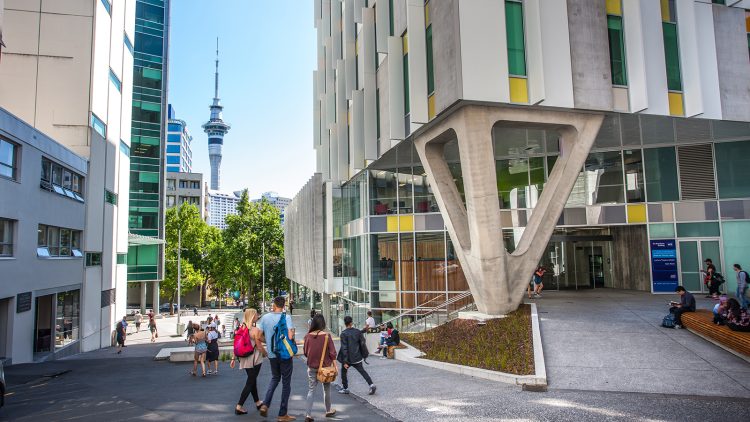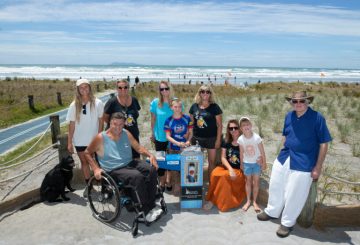概要:毎年、30万人以上のニュージーランド人が大学、ポリテック、ワナンガなどの高等教育機関に入学しています。ほとんどの国内学生は、学費として政府の補助金を受けています。さらに、多くの学生が無利子融資や学生手当を提供するサービスであるStudylinkを利用しています。今年、大学は資金不足に直面し、職員や学生の削減につながりました。これを受けて、政府は大学資金としてさらに1億2800万ドルを拠出すると発表しました。
大学への資金提供と研究:
- 国民党は、新しい医学部を建設し、オタゴとオークランドに研修医の定員を増やすことを望んでいます。
- 機会党は、関連する学位を持つ個人が医学を学びやすくすることを提案している。
- 労働党は、2026年から無料の歯科医療を提供することを目指して、歯科学校の定員を50%増やすことを計画しています。また、看護師や医師のトレーニングスポットを増やす計画もあります
- 研究に関しては、労働党は研究部門を再構築し、気候変動、技術、パンデミックに関する研究センターを立ち上げることを目指している。ニュージーランド・ファーストは、生産部門に焦点を当てた資金提供を求めています。機会党は研究に税制上の優遇措置を導入し、クライストチャーチでのがん研究に集中する。国民党は建設セクターの研究に熱心だ
- 緑の党とテ・パティ・マオリは、資金調達モデルを見直し、カウパパ・マオリの機関への投資を増やすことを目指している。どちらも、高等教育機関のガバナンスにおける学生の発言力を高めたいと考えています。同法は、初等教育と高等教育のために子ども一人につき25,000ドルを与えることを提案しています。新保守党は大学への資金提供を減らすことを計画している
。
。
。
学生サポート:
- アクト党は初年度の手数料無料政策を廃止するつもりだが、緑の党はそれを拡大したいと考えている。ナショナルはこの方針を維持する
- テ・パティ・マオリは、ユニバーサル学生手当を提唱しています。緑の党は、学生にとってより有利なものにするために、新しい学生所得保証政策を提案し、融資制度の変更も提案している
- 緑の党とテ・パティ・マオリは、すべての学生が公共交通機関を無料で利用できるように支援しています。緑の党は学生寮の変更も望んでおり、ナショナルはニュージーランドで訓練を受けた助産師と看護師を対象としたボンディング制度を計画している
- 労働党、国民党、新保守党、テ・パティ・マオリ、緑の党はいずれも、大学以外の教育や貿易への道筋を支援する計画を立てている。労働力開発協議会は費用がかかりすぎるとACT Partyは考えており
。
。
。
、閉鎖を計画している。





























































